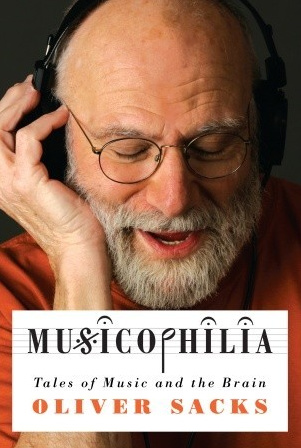


A curious condition in which music appears in an unexpected, intrusive, and apparently inexplicable way. This chapter focuses mainly on the study of Involuntary Musical Imagery. And the fact is that, even when deaf, this extraordinary composer used his deliberate and conscious imagination to continue creating profoundly expressive pieces. Ludwig van Beethoven is the best example of this type of musical imagery. These are people who can precipitate their musical imagination, as if they had an orchestra or a radio station in their head. The British writer explains that many people possess the important ability to mentally and vividly reproduce music for which they feel a special affinity. Sacks’ research also indicates that the epileptic condition can be induced by nonspecific musical fragments (of varied origin), emotional songs, tones, rhythms, unexpected or high intensity sounds, and screeching noises, among others. In this altered state, there are those who suffer from complex seizures, bite their tongues, lose consciousness, and become incontinent. Some patients say that the music seems to be an essential part of the attack, as it becomes intense, overwhelming, and exerts enormous power over them.

The author presents clinical histories in which a musical stimulus is capable of triggering an epileptic seizure. He demonstrates how music can lead to complex disorders and can be both frightening and harmful. Oliver Sacks focuses on Musicogenic Attacks. ‘Musicophilia’ is composed of four major sections, which we present below: Part I: ‘Haunted by Music’ On the other, the beneficial and healing role that music plays in life is explored. On the one hand, the pathogenic effects of sound are studied. Throughout the book there are two main streams. It is fair to say that ‘Musicophilia’ reveals an insatiable eagerness to understand what happens in the brain when music is listened to, performed, or felt. Sacks’ neuroscientific research brings together illustrative cases, clinical trials, accredited studies, autobiographical experiences, letters and testimonials. The tales are so curious and intriguing that it is difficult to choose between them. The author tells, for example, the story of a man whose musical talent emerges after he is struck by lightning, the experience of a Sicilian woman who experienced epileptic seizures when listening to Neapolitan songs, the testimony of a musical savant who knows more than two thousand operas by heart, and the day-to-day life of a severe amnesiac who remains anchored to life through music. The book Musicophilia: Tales of Music and the Brain brings together a series of neurological histories of those who, after suffering an injury or pathology, exhibit a marked deficit or an exponential increase in their musicality.īritish neurologist Oliver Sacks describes in a scientific and humanistic way the effect of sounds and music on the mind.


 0 kommentar(er)
0 kommentar(er)
